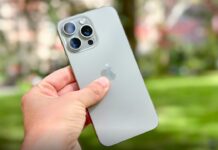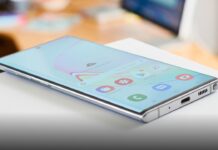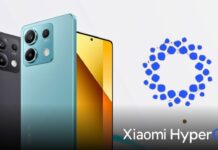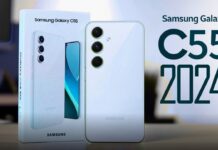How Well Do You Know Your Phone’s Screen: You always pay attention to certain features when you buy a phone. These include battery, camera, and display.
Do you really know all about them? We have created a series of articles that will help you solve your problem. We will be learning about the display on the phone today.
Summary:
- Our phones have different display types, including AMOLED OLED and LED.
- In general, a better display will give you a good viewing environment.
- AMOLED offers a superior option to OLED.
When you read about the features of a new phone, or buy one, you will often see terms such as OLED LED and pOLED in the display section. But have you ever wondered how these displays work? .
Why is the display on your phone important?
We have created a series called Know Your Phone to answer all of your questions, big and small.
We have already covered the battery in this series. Let’s begin by learning about the phone’s display and the most important features related to it.
The displays used in mobile phones
Over the past few years we have seen a great deal of progress in the display technology of phones. Whereas we previously used keypad phones, we now also have the choice of folding and rolling displays or devices. Along with this, display technology has improved.
There are many types of display available on smartphones. These include LCD, OLED (Super AMOLED), TFT, IPS, and TFT-LCD.
The most common display in mid-range and high-end smartphones is the IPS-LCD. AMOLED, however, is considered to be better than OLED when it comes to phone displays. If you’re also worried about it, we can help.
Which display is the best?
We often ask ourselves which display is the best if we have many choices. It would be incorrect to claim that every display is better than the others because they all have their own specialties.
Liquid crystal display is what we refer to when we talk about LCD. This is the most popular display technology in smartphones.
Backlight is used in this display technology to show pixels. The amount of light passing through each pixel is determined by the liquid crystals that the backlight shines on.
When we speak of OLED, the term is Organic Light Emitting Diode. OLED displays don’t necessitate a distinct backlight.
OLED displays are more contrasty, have richer colors and darker blacks than LCD. These displays are thin, flexible and light. These displays are more expensive due to their high quality.
Samsung also uses AMOLED displays in the majority of its smartphones. Active Matrix Organic Light Emitting Diode is the name of this display. These displays are an advanced or updated version of OLED technology that uses active matrix to control each pixel.
AMOLED is superior to OLED
AMOLED displays are considered superior to OLED. AMOLED, which is based on OLED’s technology, uses transistors to control each pixel rather than organic elements.
Foldable and Rollable Display
In recent years, the concept of a foldable display was much discussed. This is a newer version of OLED displays, where the light layer has been removed and made thinner. It can be folded to your liking. This display is used on rollable or folding phones.
Also Check: Lava Blaze Curve 5G: 8GB RAM and 256GB Storage; Company Releases Exciting New Update
These factors can also affect your display.
Displays are frequently discussed in terms of factors like brightness, resolution and refresh rate. These factors can help you to have a better viewing. Tell us about them.
Resolution The display resolution is expressed in HD, HD+ FullHD, and 4K.Resolution refers to the quantity of pixels presented on the screen. A display with more pixels will produce a better image or video. Most smartphone brands use HD, FullHD or UltraHD displays.
Display Brightness: A display’s brightness allows you to easily see in bright or low light conditions. The screen’s brightness is measured in Nits.
Refresh rate: We often read about the refresh rate for a phone display, which is usually 90Hz or120Hz. This value is a measure of how many frames are captured per second.
It is very useful when gaming or watching videos. In 2019 and 2020 they will be used in many high-end smartphones and some mid-range phones.
You should now have answers to your questions about the display. Next, we will discuss the storage and the phone in depth.






































Very good website free fast